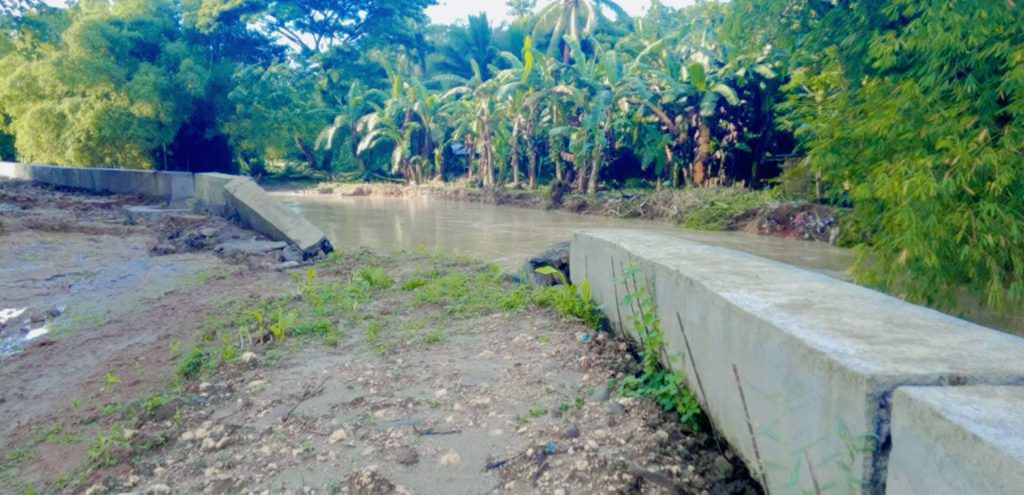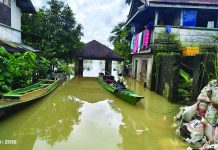Seeks DPWH accountability

TACLOBAN CITY — Matag-ob, Leyte Mayor Bernardino Tacoy has called for an investigation into a P96-million flood control project in his municipality after parts of it were damaged during heavy rains on Monday, August 25.
The project, located in Barangay Riverside and implemented by the Department of Public Works and Highways (DPWH) Fourth Leyte Engineering District, was intended to protect flood-prone areas in the town. However, Mayor Tacoy expressed disappointment over what he described as poor coordination between the DPWH and the local government.
“We were never informed or asked for input. How can we suggest solutions or share our observations if there’s no coordination?” Tacoy said, stressing that consultation with local governments is vital to ensure infrastructure projects meet community needs.
Tacoy questioned whether proper planning and quality control were observed, pointing out that the project cost was comparable to other flood control structures in the region. He urged authorities to probe possible irregularities in the construction and implementation of the project.
“Whatever assistance we can provide to those who will investigate, we will give,” the mayor assured.
As of press time, the DPWH Fourth Leyte Engineering District has yet to release an official statement regarding the incident.
Flood control projects have come under public scrutiny nationwide amid allegations of overpricing and corruption.
President Ferdinand “Bongbong” Marcos Jr. earlier revealed that only 15 contractors have cornered more than 10,000 flood control projects worth over P545.64 billion since 2022.
Leyte, one of the provinces hardest hit by Super Typhoon ‘Yolanda’ in 2013, remains vulnerable to flooding during extreme weather events, making the integrity of flood control systems a crucial component of disaster resilience efforts.
ROEL T. AMAZONA



